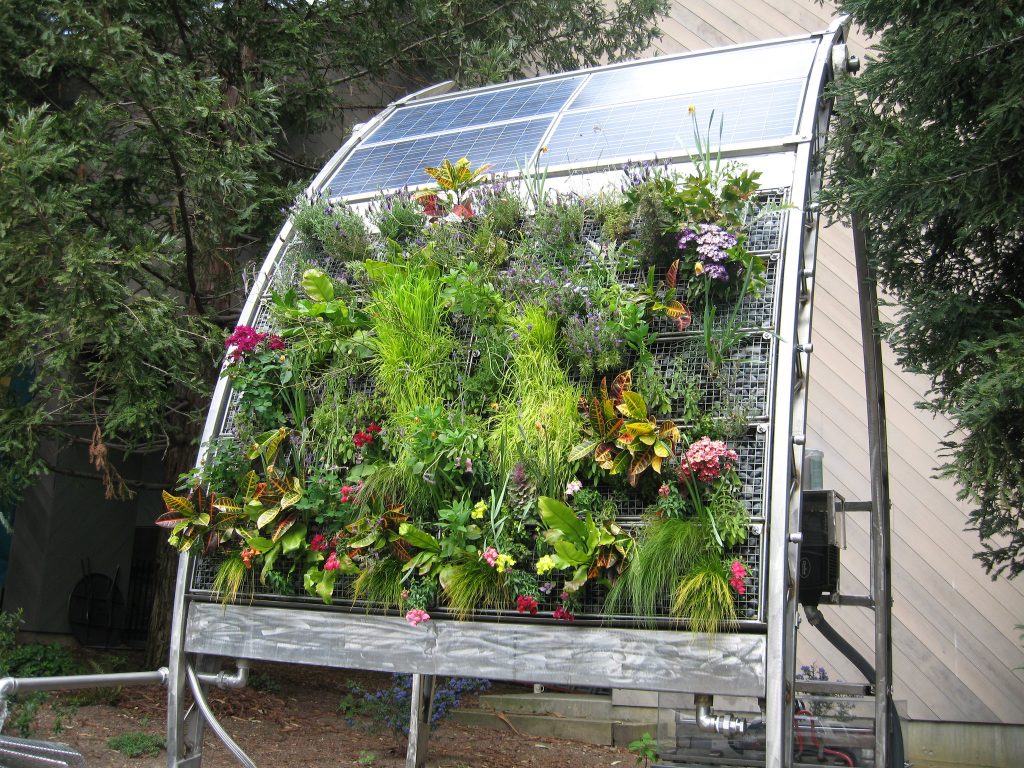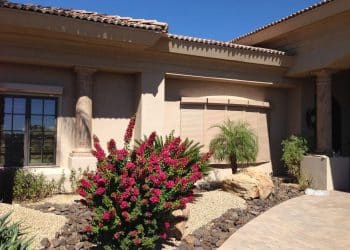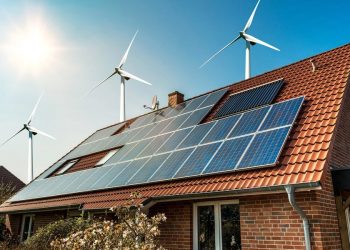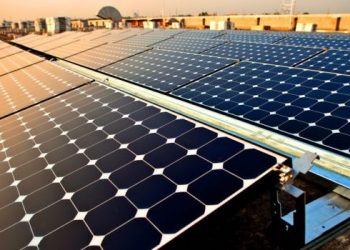Ever since the first solar cells became commercially available in 1956, people have been trying to find more ways to utilize this technology. As decades passed, interest in renewable energy has grown. Today, people and businesses around the world rely on the sun to power everything from household appliances and lights to manufacturing processes.
Naturally, the sun is a big component in your urban garden or farm. Plants need it to sustain life and grow fruits and vegetables. However, the energy supplied by our closest star can be harnessed and used in other ways. A group of Canberra electricians wants to highlight how solar technology has become a practical part of modern-day gardening.
Solar Lighting for Safety and Security
One of the easiest solar technologies to install in your garden are landscape lights. Solar-powered versions usually have a small cell installed on the top. Place the post in the ground and the lights will automatically switch on at dusk.
These work well for lining the perimeter of your garden or main pathways, so you can easily navigate when the sun goes down. It also adds a layer of security because you can see more of your garden at night in case animals or people enter your property.
There are many other variations of outdoor solar lights that can be used in the garden. If you are growing flowers or want to give your green space visual appeal, you can install decorative solar lanterns. Some are wall-mounted while others hang on a post or shepherd’s hook.
For more practical illumination, a solar flood light may be used. These usually include a larger light that mounts on walls or posts with a connected cell to gather energy. Remember that your solar lights require sun visibility, so it is best to display them in spots that see maximum exposure during peak daylight hours.
Water Features That Run on Solar Energy
Your water features can also operate using solar energy. Wires can be a hazard in a garden. You have to make sure you use materials that are properly insulated and keep them away from any area where you may dig. Some locations may be more prone to water pooling, which can be a danger when using electricity outdoors.
Solar water features eliminate much of that risk. These can be placed close to the fountain or pump, so you don’t have to run wire from your house or a generator. This is a great way to keep ponds or waterfalls flowing without increasing your monthly utility bills.
Solar pumps are a great choice when installing fishponds. Fish produce nitrogen-rich waste which must be pumped out to keep the water clear with enough oxygen. While plants can help, they usually aren’t enough to sustain healthy life.
Solar Powered Garden Irrigation
Every gardener and farmer knows that plants need water to survive. The amount will vary based on species, but it is still a necessity. You can do it all by hand, but this is time-consuming. You may need to drag the garden hose to the area, turn it on, and make sure everything gets a good drink.
When working on a farm, the need is usually greater. It may not be feasible to walk to every garden bed and hose down each plant. That’s where irrigation comes in.
A quality irrigation system will keep your plants hydrated with less hassle. When the sun is high in the sky, your plants will need even more water to prevent them from drying out. That’s why solar technology works so well for this purpose.
You can install a solar-powered pump that keeps water flowing from your tank when you need it. A pipe or dripper system will also be needed. The ideal setup will depend on the size and layout of your garden beds.
The solar irrigation pump will work until it runs out of power. When that happens, it will stop operating and recharge using sunlight. Then the process will repeat. It may take some work to figure out the best timing for your system, but once you find it, your garden will thrive.
Heating Greenhouses with Solar Glazing
Solar technology also works inside the greenhouse. For a simpler system, you can install a passive solar greenhouse. These structures work by collecting energy for photosynthesis and heat. Glass panels let short waves of solar light enter so it can be absorbed by the plants.
The panels are infused with a film of photovoltaic cells similar to those used in residential solar systems.
Solar Panels on Garden Buildings
If your garden or farm contains any outbuildings, then you can turn these into power generators. Solar panels are highly adaptable. You can install them on rooves or directly on the ground attached to posts and frames.
If you plan a bigger project, then you should consult a professional installer. They can inspect roofing and make sure no repairs or replacements need to be made. They can also advise you on how many solar panels you need and the best way to arrange them. Having an expert on hand can make a big difference in your garden.
Solar panels installed on top of a shed can be used to power the fluorescent lighting, power tools, or a radio kept inside. It can also be connected to external garden or security lights and other features that require electricity. Your garden buildings can become miniature power stations for your property.
Conclusion:
Solar Technology Has Changed the Way We Garden and Farm
Gardening and farming still require a lot of work, but solar technology has made it easier to manage. You can power everything from outdoor lighting to water pumps and irrigation systems. Once the equipment is in place, all energy collected is free to consume. That means you won’t run up a high utility bill while trying to build the perfect green space. As time goes on, we’ll likely see even more energy-efficient solutions and better ways to grow plants with the help of sunlight.








